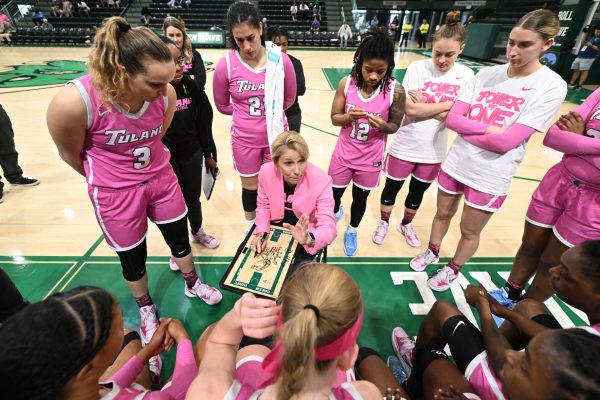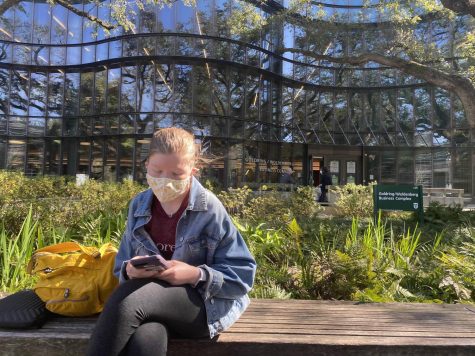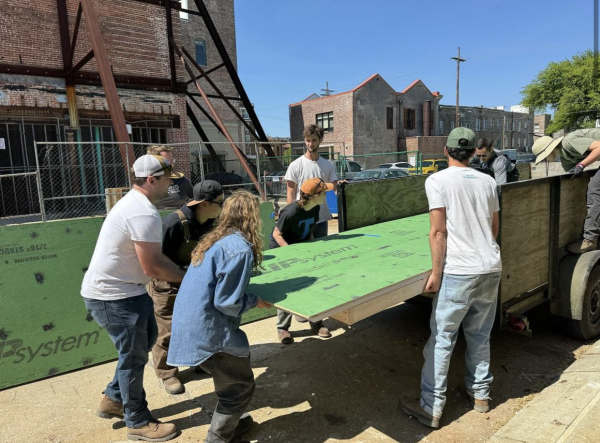No headline provided
October 7, 2011
The Department of Housing and Urban Development gave TulaneUniversity a $251,900 federal grant to continue research on leadlevels in the New Orleans soil.
The research is designed to determine the soil areas that havebeen contaminated by lead within the city and to help preventchildhood exposure to lead. The study will continue to build uponresearch that began before Hurricane Katrina. The three main phasesof the project include an examination of changes in soil leadlevels for private properties monitored since 2004, a comparison ofany differences with public housing properties renovated by HUD,and an effort to bring in additional clean soil, specifically forchildcare play facilities.
Howard Mielke, the project’s lead researcher and a Tulanechemistry research professor, said there is a direct link betweensoil lead levels and blood lead levels in humans.
“Our research has found a very strong association between theamounts of lead found in the environment, as measured by soil, andthe blood lead levels,” Mielke said. “These are all materials beingput into the environment by industry.”
This is an issue of extreme importance – especially for childrenunder the age of six – and can have an impact in unexpected ways,Felicia Rabito, a clinical assistant professor within the School ofPublic Health and Tropical Medicine, said.
“Unlike many environmental problems, there is very good andconsistent animal and human data that shows lead is a neurotoxin,”Rabito said. “Even at low levels lead can affect a child’s immunesystem, but the strongest affect is on a child’s IQ, learningability and behavior.”
These effects can have a much greater impact on society thanmany observers initially realize. Sammy Zahran, an economicsprofessor at Colorado State University, has been heavily involvedwith the economic application of Mielke’s research.
“If you increase the level of lead in soil, you increase childblood levels,” Zahran said. “You thus reduce their cognitivefunction and reduce potential earnings over lifetime, whichultimately adds up to an incredible cost for present and subsequentgenerations.”
Zahran said evidence proves that a reduction is not onlynecessary and possible, but also economically beneficial.
“If we raised environmental standards in this country to that ofNorway, we’d get a reduction in blood lead levels and see acost-benefit of $182 million a year for the 23,000 children bornannually in New Orleans,” Zahran said. “And all this takes is aone-shot cost imposed to clean up the soil.”
The study will be used to fund the transfer of additional cleansoil into the city from the Mississippi River. Aaron Picus, asenior in the School of Public Health and Tropical Medicine, saidhe believes many Tulane students are already aware of this issueand working to fix it.
“It is definitely general knowledge within the School of PublicHealth that this is a big issue for New Orleans, which is very muchan older city,” Picus said. “But it seems probable that there isn’ta high level of awareness in the low-income communities that aremost affected by this issue.”






















Leave a Comment